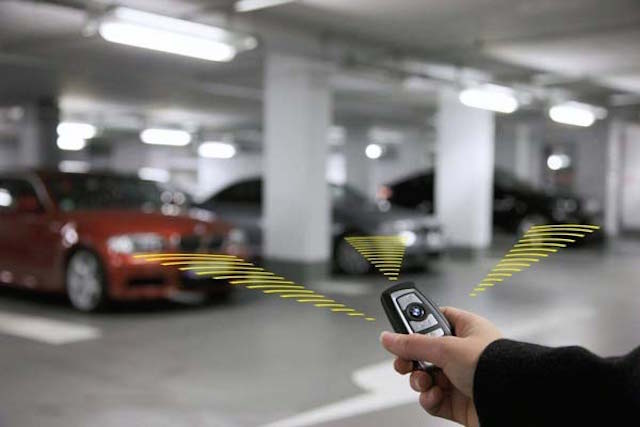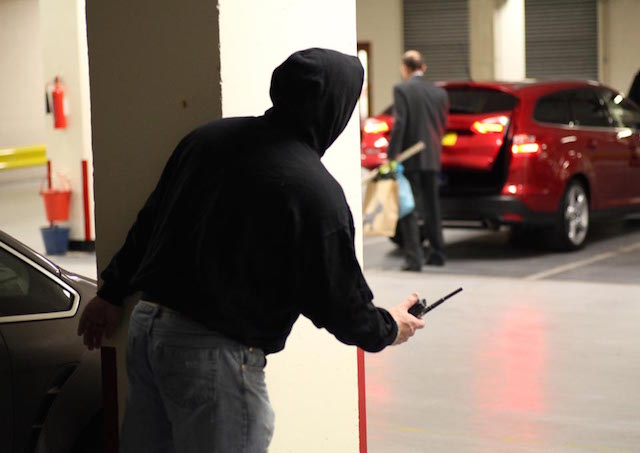
A device used to steal cars which has befuddled law enforcement agencies in the US has been identified as a tool for testing vehicle network safety, according to the country’s National Insurance Crime Bureau (NICB).
The small electronic device first surfaced a few years ago, when surveillance cameras recorded thieves unlocking car doors, starting the engine and driving off.
NICB investigated and discovered the device is most likely a Relay Attack unit, designed to help carmakers test the network security of their products. But it becomes a powerful tool for thieves.
NICAB obtained a Relay Attack unit from Europe and found that it worked only on keyless remotes and push-button ignitions. The bureau’s investigators tested it on 36 cars – and unlocked 19, drove away in 18, and repeatedly restarted 12.
Germany’s automobile club, the ADAC, ran similar tests on cars equipped with keyless entry transmitters. They found that a relay device costing US$225 could pick up a radio signal from a nearby keyless entry fob and open its car’s doors.
Once inside, the ADAC researchers were able to start and drive the car away, as most carmakers allow the engine to keep running even after the keyless entry fob goes out of range
The ADAC used the equipment to break into several cars in Europe, including Audis, BMWs, GM products, Fords, Kias, and Toyotas.
Thieves are also using remote locking jammers (above picture) to target cars. They watch as drivers exit the car with fob in hand, then use the jammers to prevent the locking signal from reaching the car. The car stays unlocked and thieves steal whatever’s inside. Such jamming devices are available online.


